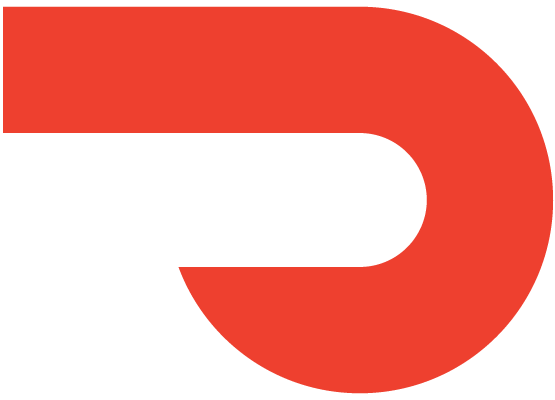
In recent years, the manufacturing industry has witnessed a notable shift towards greener and more sustainable technologies. This transition is particularly evident in the adoption of hybrid and electric technology in machinery, such as press brakes. Let's explore the key advantages of incorporating these technologies in press brake systems, focusing on efficiency, precision, and environmental impact.
-
Energy Efficiency: One of the primary benefits of hybrid and electric press brakes is their enhanced energy efficiency. Unlike traditional hydraulic systems, which continuously consume energy, electric press brakes utilize energy only during the bending process. This on-demand energy usage not only reduces overall energy consumption but also leads to cost savings for manufacturers in the long run.
-
Precision and Control: Electric press brakes offer superior precision and control over the bending process. The elimination of hydraulic components, with their inherent fluid compressibility, results in more accurate positioning and repeatability. Electric motors provide precise control over the ram movement, allowing for intricate bending sequences and consistent part quality.
-
Reduced Maintenance Requirements: Hybrid and electric press brakes often have fewer moving parts compared to their hydraulic counterparts. This reduction in complexity translates to lower maintenance requirements and decreased downtime. With fewer components prone to wear and tear, manufacturers benefit from increased machine reliability and extended operational lifespans.
-
Quiet Operation: Traditional hydraulic press brakes are known for their noise generated by hydraulic pumps and valves. In contrast, electric press brakes operate more quietly, contributing to a quieter and more comfortable working environment. This is particularly advantageous in settings where noise reduction is a priority.
-
Environmentally Friendly: The environmental impact of manufacturing processes is a growing concern. Electric and hybrid press brakes align with sustainability goals by reducing reliance on hydraulic fluids and minimizing energy waste. The absence of hydraulic oil eliminates the risk of leaks, contributing to a cleaner and more eco-friendly workspace.
-
Adaptability and Programmability: Electric press brakes offer greater adaptability and programmability, allowing manufacturers to easily adjust bending parameters and switch between different jobs. The integration of advanced control systems enables operators to store and recall specific bending programs, streamlining production processes and reducing setup times.
The choice between an electric and a hybrid press brake depends on specific production requirements and preferences. Here are considerations for each type:
Choose Electric Press Brake When:
-
Precision is Critical: If your manufacturing processes demand high precision and accuracy in bending, electric press brakes are an excellent choice. They offer superior control and positioning accuracy due to their direct drive systems, making them ideal for intricate bending sequences and applications where precision is paramount.
-
Energy Efficiency Matters: Electric press brakes operate on an on-demand basis, consuming energy only during the bending process. This energy efficiency can lead to cost savings over time, especially in applications with varying production volumes where energy consumption needs to be optimized.
-
Reduced Maintenance is a Priority: Electric press brakes typically have fewer moving parts compared to hydraulic systems, resulting in lower maintenance requirements. If minimizing downtime and maintenance costs is crucial for your operations, an electric press brake might be the more suitable option.
Choose Hybrid Press Brake When:
-
Versatility is Needed: Hybrid press brakes combine the advantages of both electric and hydraulic systems. They offer the precision of electric drives for positioning and the speed and power of hydraulic systems for actual bending. If your production demands a versatile machine that can handle a variety of tasks, a hybrid press brake may be the optimal choice.
-
Speed is a Consideration: In applications where speed is crucial, the hydraulic component in hybrid press brakes provides rapid ram movement during the bending process. This can be advantageous for high-volume production environments where cycle times are a key factor.
-
Adaptability to Various Materials: Hybrid press brakes, with their hydraulic components, can handle a wide range of materials and thicknesses. If your production involves bending different materials with varying thicknesses, a hybrid press brake's adaptability might suit your needs.
In conclusion, the adoption of hybrid and electric technology in press brakes brings several tangible benefits to the manufacturing sector. From increased energy efficiency and precision to reduced maintenance and environmental impact, these advancements contribute to a more sustainable and productive future for metal forming processes. As industries continue to prioritize efficiency and sustainability, the transition to electric and hybrid press brakes is poised to play a pivotal role in shaping the future of metal fabrication.




